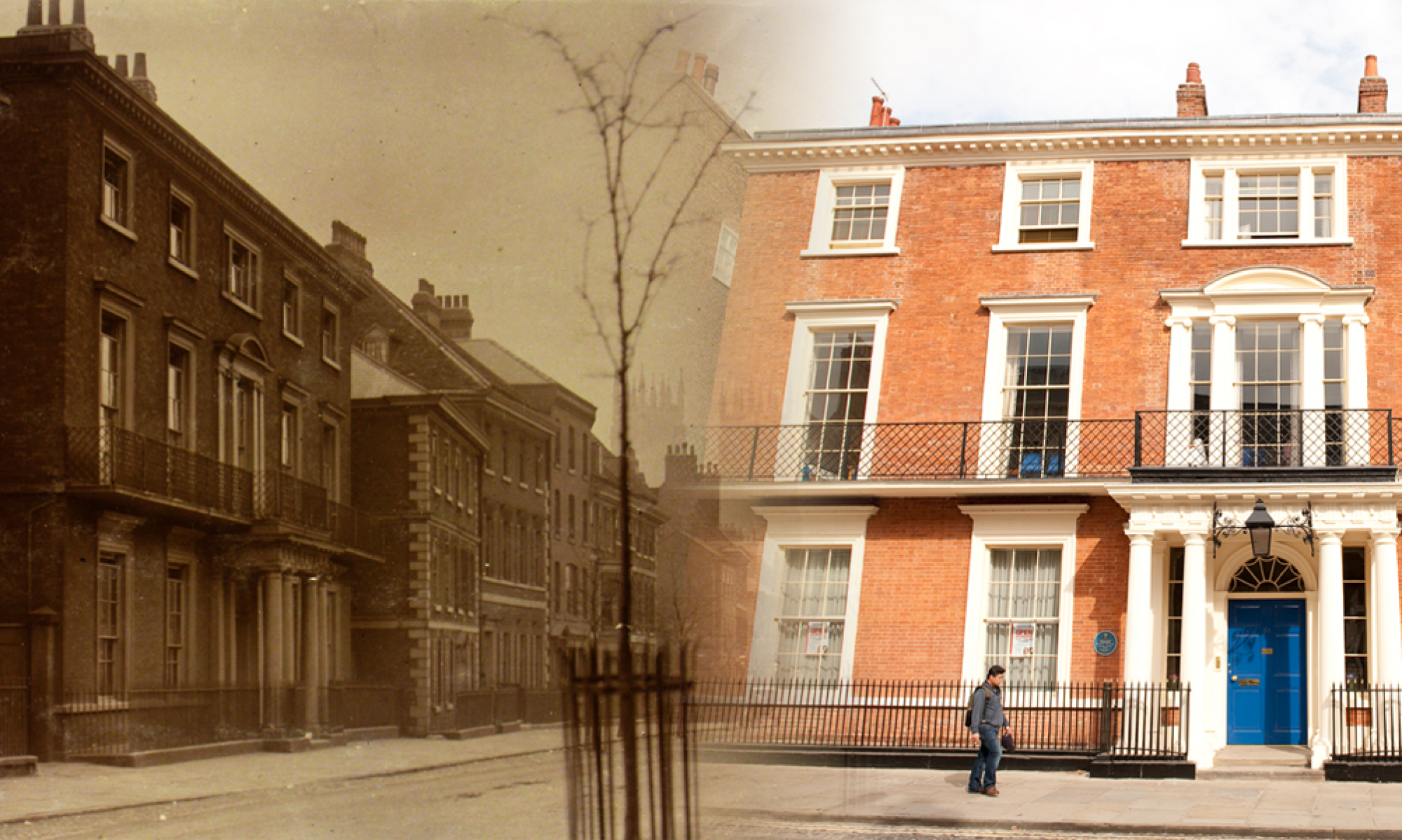The official opening on 1st June 1914. Those standing at the front are (l-r): R.W. Thorp (Architect and Bootham Old Scholar, 1899-1900), Arnold S. Rowntree (Secretary of Schools Committee and Old Scholar 1883-89), Francis C. Clayton (Old Scholar 1855-58) and T. Edmund Harvey (President of OYSA and Old Scholar 1887-91).
The Bootham swimming pool will be one hundred years old on Sunday. On 1st June 1914 the new Bath was handed over by T. Edmund Harvey, President of OYSA, to the school. According to the magazine, Arnold S. Rowntree ‘was glad…to have the opportunity of embracing the bath to his bosom, and of thanking as heartily as possible all those who by their generous contributions had enabled the Association to make this noble gift to the School.’ He hoped the the bath would be of help ‘in increasing the health and vigour of all those who passed through its doors.’
 To finish, here is the first verse from a poem by Alfred Morgan Hughes (Old Scholar 1905-07) about the appeal to Old Scholars. The poem is called ‘The Building of the Bath’ and it was published in ‘Bootham’ magazine in March 1915.
To finish, here is the first verse from a poem by Alfred Morgan Hughes (Old Scholar 1905-07) about the appeal to Old Scholars. The poem is called ‘The Building of the Bath’ and it was published in ‘Bootham’ magazine in March 1915.
“Frank Clayton, good old scholar,
By John Ford’s tomb he swore
That the ninety boys of Bootham
Should suffer dirt no more.
By John Ford’s tomb he swore it,
And named an opening day,
And sent blank banker’s orders forth
East and west and south and north
To summon in the pay.”

